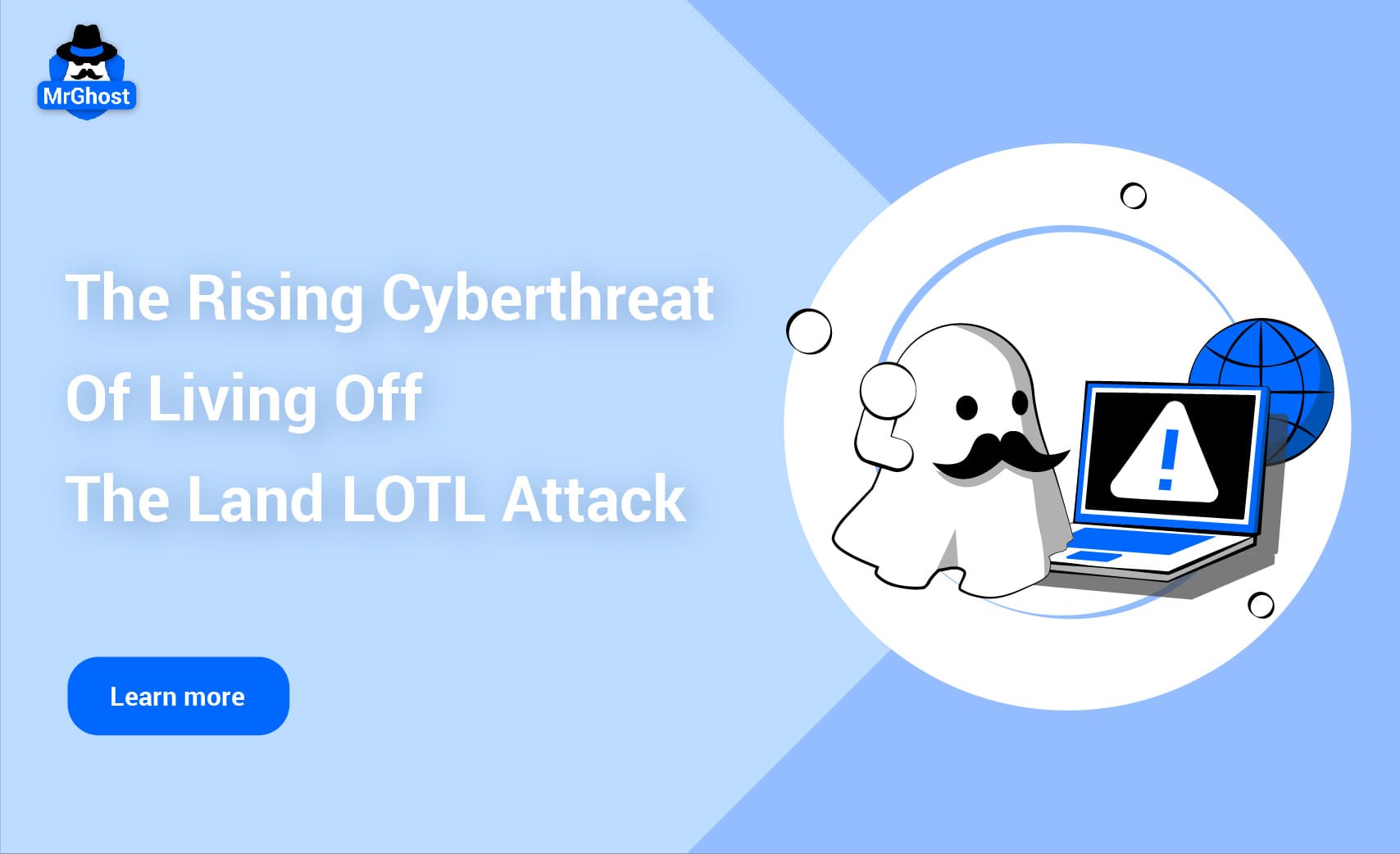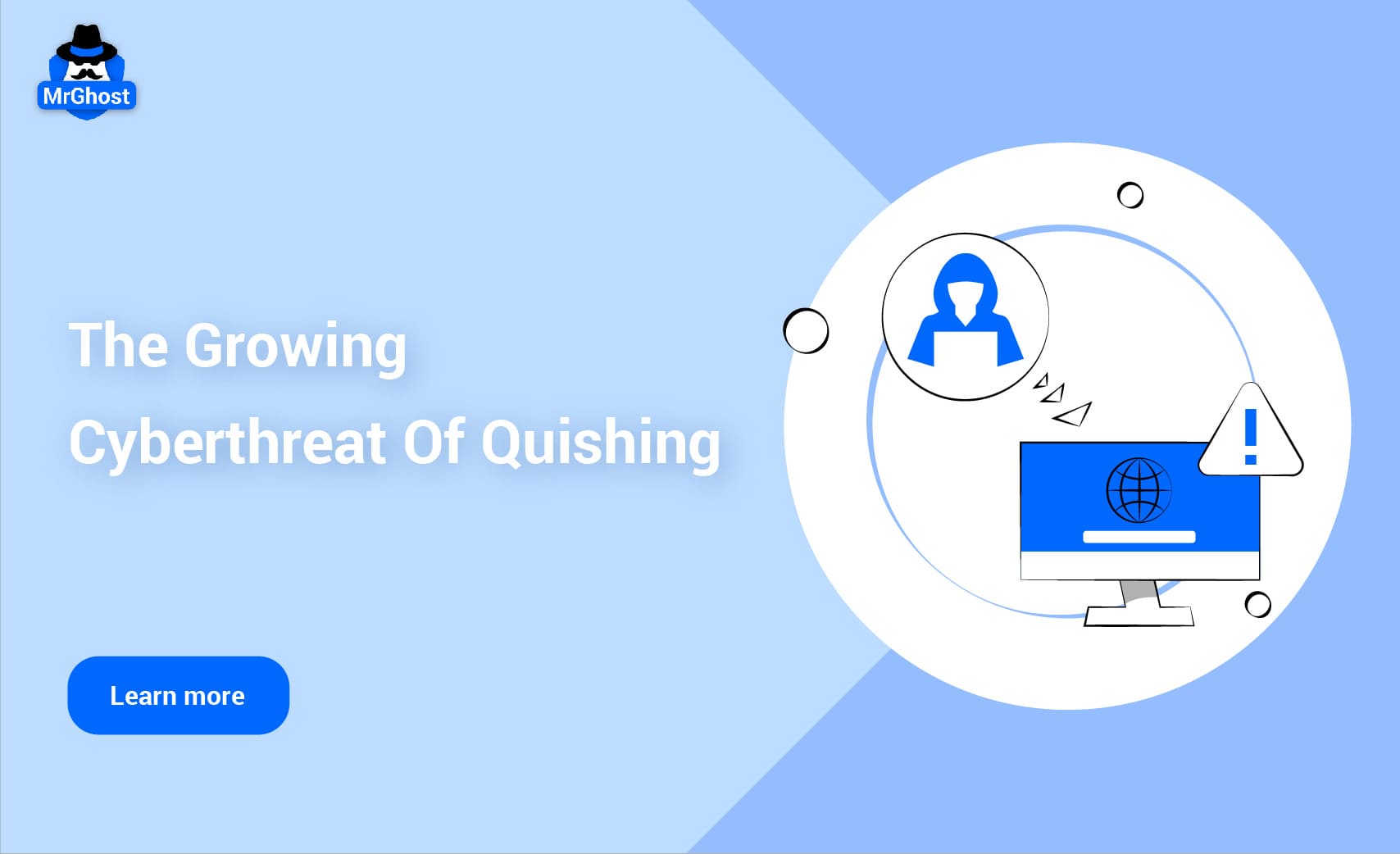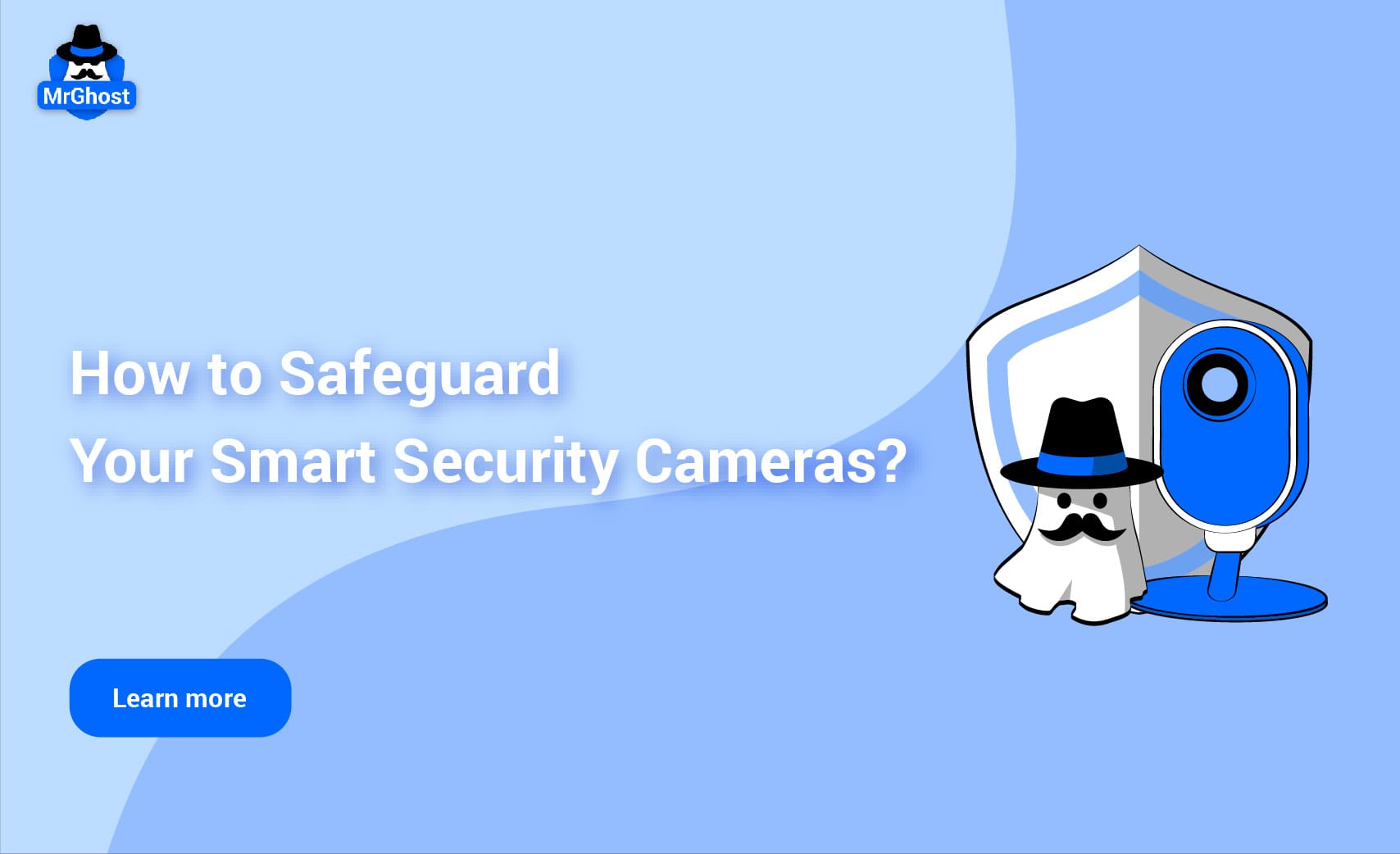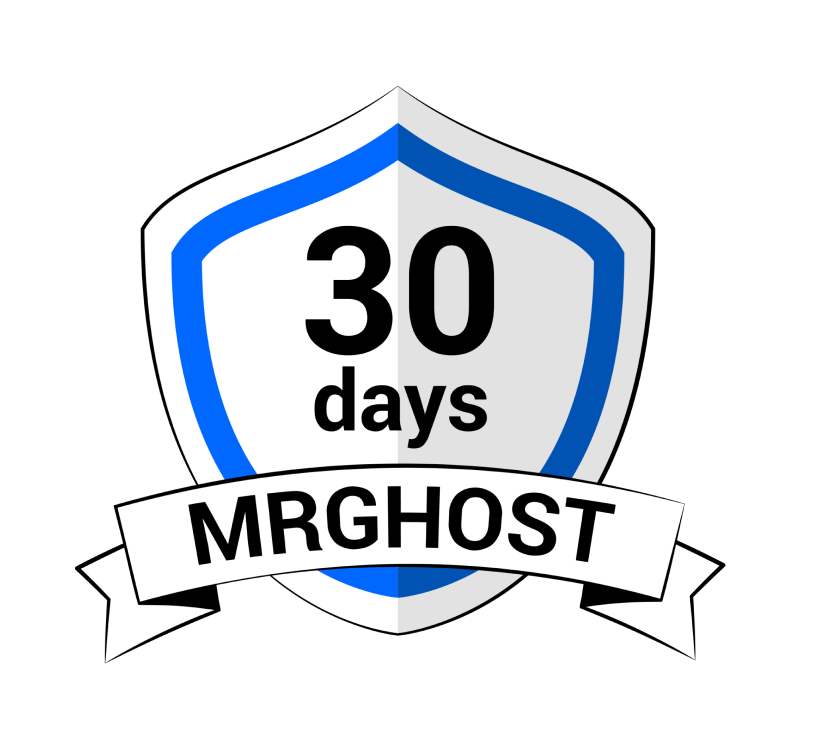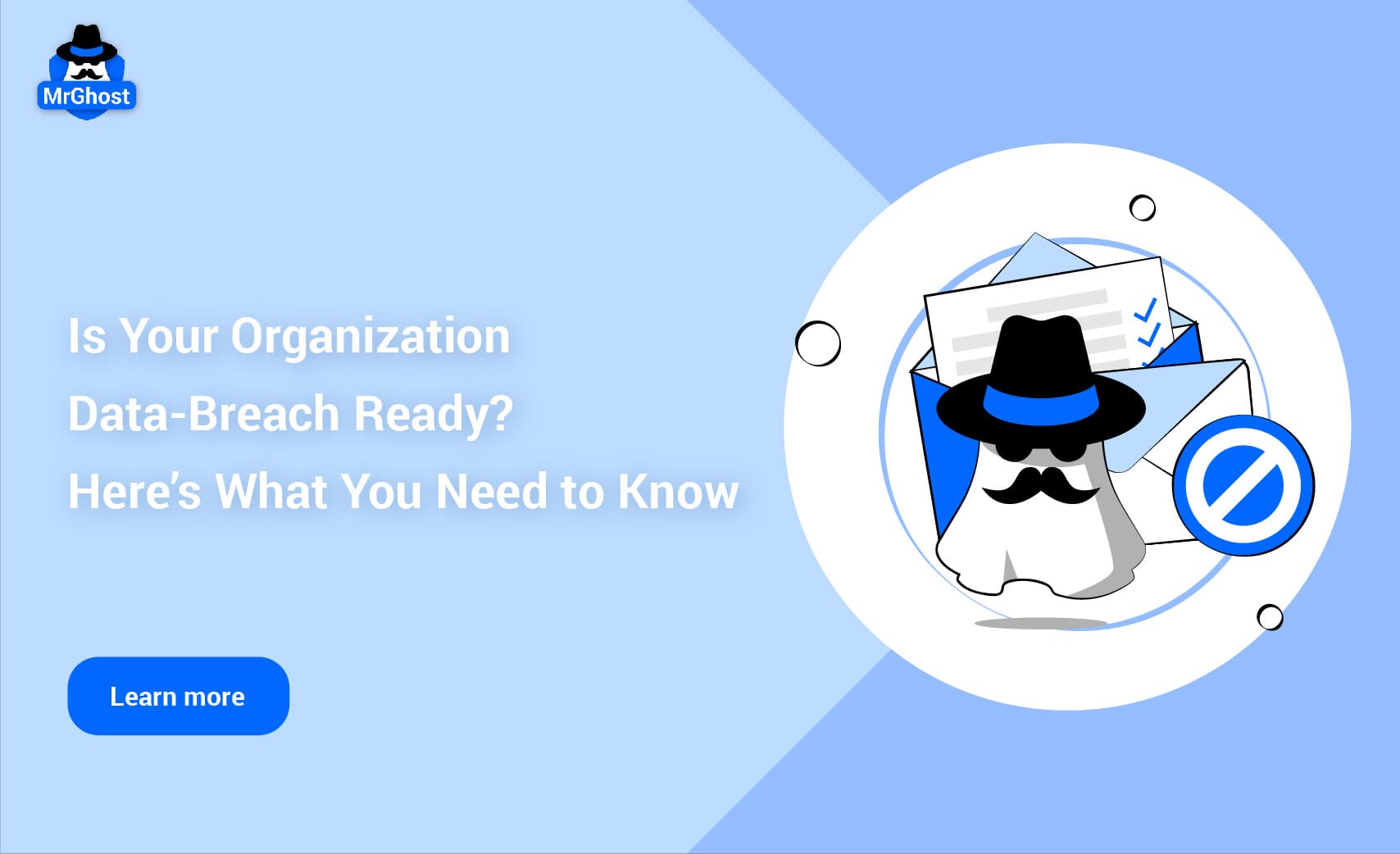
In today’s digital landscape, the question isn’t whether your organization will face a data breach, but when. With cyberattacks hitting headlines more frequently, it’s crucial to ask yourself: Is your organization truly ready for a data breach? Preparing for the inevitable means crafting a robust strategy that not only mitigates risks but also ensures a swift and effective response. Let’s dive into the essentials of data breach readiness.
What Is a Data Breach?
First things first—what exactly is a data breach? Simply put, it’s when unauthorized individuals gain access to sensitive information. This can range from personal data and financial records to confidential business secrets. Breaches can happen in many ways, whether through phishing attacks, malware, insider threats, or even physical theft.
The aftermath of a data breach can be devastating. Think financial losses, reputational damage, and even legal ramifications. According to IBM, the average cost of a data breach soared to about $4.45 million in 2023. That’s a wake-up call if ever there was one!
Know Your Vulnerabilities
1. Risk Assessment is Key: Regularly evaluate your data assets and identify vulnerabilities. What kind of data are you collecting? Where’s it stored? Who has access? This assessment will shine a light on areas needing more security.
2. Review Current Security Measures: Take a good hard look at your existing cybersecurity protocols. Are your firewalls up to snuff? Is your data encrypted? Auditing your current measures can reveal those pesky weaknesses that need fixing.
3. Watch Your Third-Party Vendors: Relying on outside vendors? They can be a significant source of vulnerabilities. Make sure they adhere to strict cybersecurity standards and assess their security regularly.
Crafting Your Response Plan
1. Assemble an Incident Response Team (IRT): Create a dedicated team that’s ready to tackle data breaches head-on. This team should include members from IT, legal, compliance, and PR. Clearly outline everyone’s roles and responsibilities for a smooth response.
For example:
● The IT specialists handle technical containment and recovery.
● The legal and compliance experts ensure that all regulatory obligations are met.
● The PR team manage communication to minimize reputational damage.
By clearly defining roles and responsibilities upfront, you can streamline your response, making it easier to act decisively and minimize delays when a breach occurs.
2. Document Your Incident Response Plan (IRP): Your IRP should detail the steps for detecting, responding to, and recovering from a breach. Include everything from detection and containment to eradication, recovery, and post-incident review.
This plan should include step-by-step instructions for identifying the scope of a breach, isolating affected systems, and restoring normal operations as quickly as possible. Additionally, make sure your IRP incorporates communication strategies to keep stakeholders informed throughout the response process.
Don’t forget to keep it updated and tested!
3. Establish Communication Protocols: Set clear guidelines for how to communicate during a breach.
● Clarifies how, when, and with whom you will communicate during a breach.
● Transparency is key.
● Quickly informing affected individuals, regulatory authorities, and even the media when appropriate. This can help to maintain public trust and prevent misinformation.
● Include pre-approved templates for notifications and appoint spokespersons to avoid conflicting statements.
Clear, consistent communication demonstrates accountability and helps manage customer expectations during a challenging time.
Training and Awareness Matter
1. Regular Training is Essential: Your employees are your first line of defense. Invest in ongoing training to help them spot phishing attempts, understand data handling, and follow security best practices. Make cybersecurity a core part of your company culture.
2. Run Simulations: Conduct tabletop exercises to simulate data breaches and test your response plan. These drills help your team identify gaps and improve readiness.
Using VPNs To Protect Your Organization Against Data Breach
As threats evolve and attackers find new ways to exploit vulnerabilities, protecting sensitive information and maintaining privacy have become top priorities for organizations of all sizes. One of the most effective and versatile tools available for this purpose is the Virtual Private Network (VPN).
Learn more:
Here’s how VPNs can enhance your organization’s defenses and why they are an essential component of a robust cybersecurity strategy.
1. Encryption for Protection: A VPN encrypts internet traffic, making it nearly impossible for hackers to intercept sensitive information. This is especially crucial when employees access company resources on unsecured networks, like public Wi-Fi.
2. Anonymity and Privacy: By masking IP addresses, VPNs protect your employees’ identities and locations, which helps reduce the risk of targeted attacks.
3. Secure Remote Access: With remote work becoming the norm, VPNs enable employees to connect securely to corporate networks from anywhere. This means they can safely access systems, regardless of their location.
4. Bypass Geo-Restrictions: VPNs can also help employees access necessary tools and resources securely, even if they’re facing geographical restrictions.
Invest in Technology
1. Advanced Security Solutions: Don’t skimp on cybersecurity technology! Invest in advanced tools like endpoint detection and response (EDR), security information and event management (SIEM) systems, and data loss prevention (DLP) tools. These systems provide real-time monitoring and detection of potential threats.
2. Keep Software Updated: Ensure all software and systems are regularly updated to patch vulnerabilities. Automated tools can help you manage updates and minimize human error.
Conclusion
In this day and age, the threat of data breaches is real and ever-present. Your organization must prioritize readiness. By assessing risks, building comprehensive response plans, leveraging technology (including the power of VPNs like MrGhost VPN), and fostering a culture of cybersecurity awareness, you can significantly enhance your organization’s ability to withstand a breach.
Remember, preparation is not just about protecting your organization—it’s about preserving the trust of your customers and stakeholders. And with tools like MrGhost VPN, we can make significant strides in protecting ourselves, our businesses, and our digital futures.
Experience MrGhost VPN Today!
Ready to take control of your online experience? Sign up for MrGhost VPN today and unlock a world of possibilities. With our commitment to user satisfaction and cutting-edge technology, you can browse, stream, and download with confidence.
Why You Should Use MrGhost VPN
MrGhost VPN stands out as the ideal choice for individuals seeking top-notch privacy, security, and performance. Here's why:
● Blazing Fast Speeds: Enjoy uninterrupted streaming, gaming, and downloads without lag.
● Ironclad Security: Advanced encryption and a strict no-logs policy protect your data.
● Global Server Network: Access content from around the world with our extensive server network.
● User-Friendly App: Easy setup and intuitive interface for hassle-free experience.
● Affordable Plans: Choose from flexible pricing options to suit your needs.
Don't compromise your online freedom. Choose MrGhost VPN and enjoy the ultimate peace of mind. Get it today!




